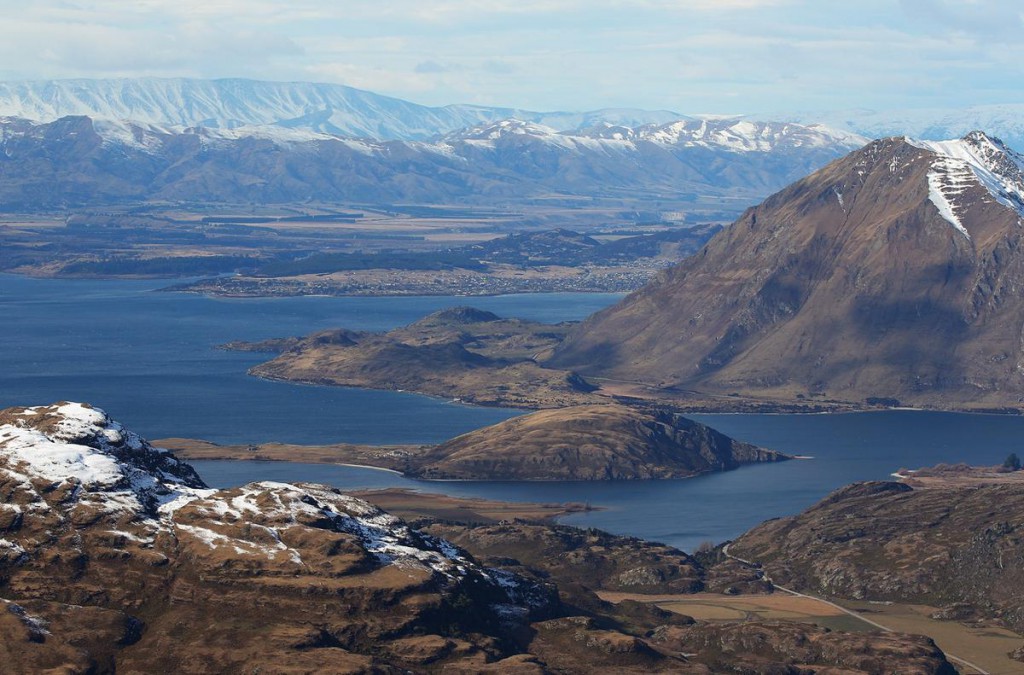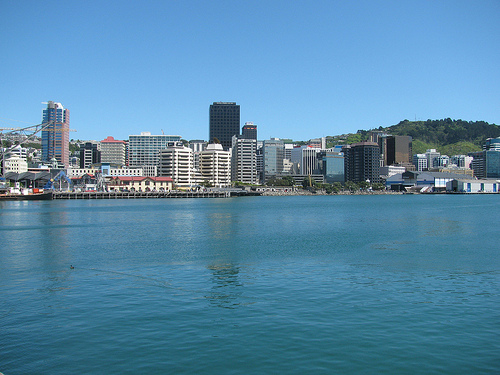If you’re interested in moving to New Zealand there are many resources out there to help you plan. We thought it would be a good idea to put together a list of helpful books about immigrating to New Zealand that may help you plan.
Living Abroad in New Zealand by Michelle Waitzman
Michelle Waltzman fell in love with New Zealand’s stunning landscapes and various outdoor activities on a backpacking trip in 1998, and has since moved to the country, recently obtaining permanent resident status. Michelle provides insight and first-hand advice on all that living in New Zealand has to offer. She outlines all the information needed in a smart, organized, and straightforward manner, making planning the move abroad manageable. Moon Living Abroad in New Zealand makes the moving and transition process easy for businesspeople, students, teachers, retirees, and professionals.
Moon Living Abroad in New Zealand is packed with essential information and must-have details on setting up daily life including obtaining visas, arranging finances, gaining employment, choosing schools, and finding health care. This relocation guide also includes practical advice on how to rent or buy a home for a variety of needs and budgets, whether it’s an apartment in cosmopolitan Wellington or a home in historic Christchurch. All Moon Living Abroad Guides include color photos, black and white photos, black and white illustrations, and maps.
It’s a great resource!
Move to New Zealand: the real story – Maria Aandewijck
Thinking about moving to New Zealand? Then this is a must-read! This short book provides you with insights and experiences from recent immigrants to New Zealand. It may not all be positive (although most of it is!), it is all real and it will save you having to find out things the hard way. With a rich resources section, it also provides you with up to date websites, books, articles and DVD’s about emigrating to New Zealand.
Compulsory reading for anybody who is considering to take the plunge!
This is a Kindle Only title.
Going to Live in New Zealand, 2nd Edition – Mathew Collins
This book is written by professionals, expert in assisting those wanting to emigrate to New Zealand. Originally from that country, Mathew Collins is Managing Partner of the International Visa Consultancy, Ambler Collins, based in London. He has many years’ experience assisting individuals, families and companies in preparing and processing successful visa applications. Mary Neilson is a journalist from New Zealand with special expertise in travel and dealing with property.This is the 2nd edition, revised and updated practical, one-stop guide, which gives you essential information and advice to successfully complete your relocation. It is written by New Zealanders and in association with Ambler Collins, Immigration and Commercial Consultants of which Mathew Collins is managing partner.
Great read!
Live & Work in New Zealand – Susan Catto
New Zealand has long been a favorite with those wishing to start a new life overseas: this book gives all the information necessary to make the idea of moving to the antipodes a reality. The book is illustrated with first-hand accounts from people living in India and is full colour, with numerous helpful maps and photographs. Set out to be easily accessible, each chapter guides you through the practicalities of a move to New Zealand, from setting up home to finding a job or setting up a business. In particular, it gives advice on renting accommodation, opening the right bank account, finding your ideal home and making the most of your leisure time. There is also easy access to urgent information such as emergency phone numbers, laws and regulations and healthcare advice. The employment section of the book covers vital information, such as information on business etiquette, the skills and trades most in demand, permanent, seasonal and temporary work, salaries, working hours and MORE!
New Zealand – Culture Smart!: the essential guide to customs & culture
Culture Smart! provides essential information on attitudes, beliefs and behavior in different countries, ensuring that you arrive at your destination aware of basic manners, common courtesies, and sensitive issues. These concise guides tell you what to expect, how to behave, and how to establish a rapport with your hosts. This inside knowledge will enable you to steer clear of embarrassing gaffes and mistakes, feel confident in unfamiliar situations, and develop trust, friendships, and successful business relationships.


